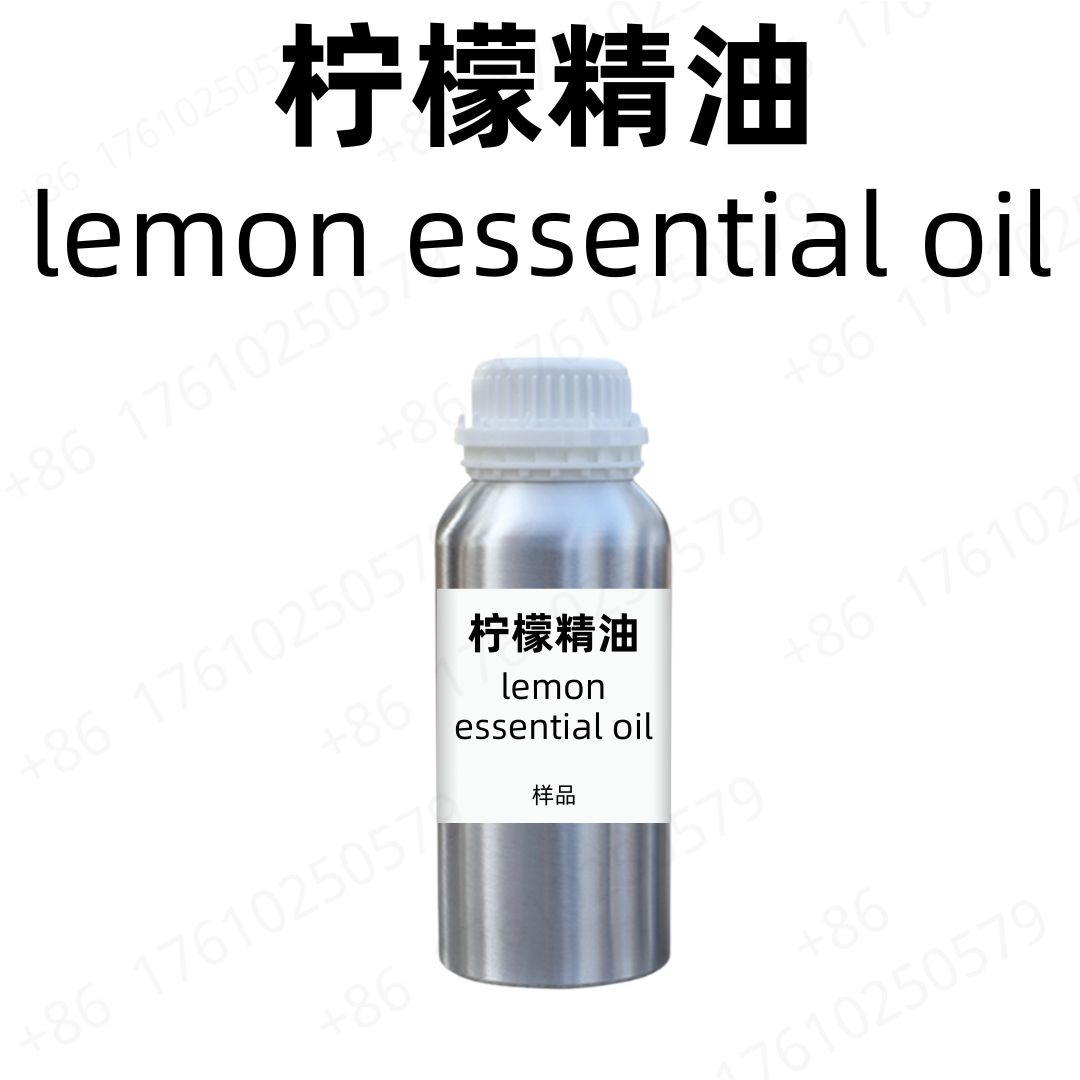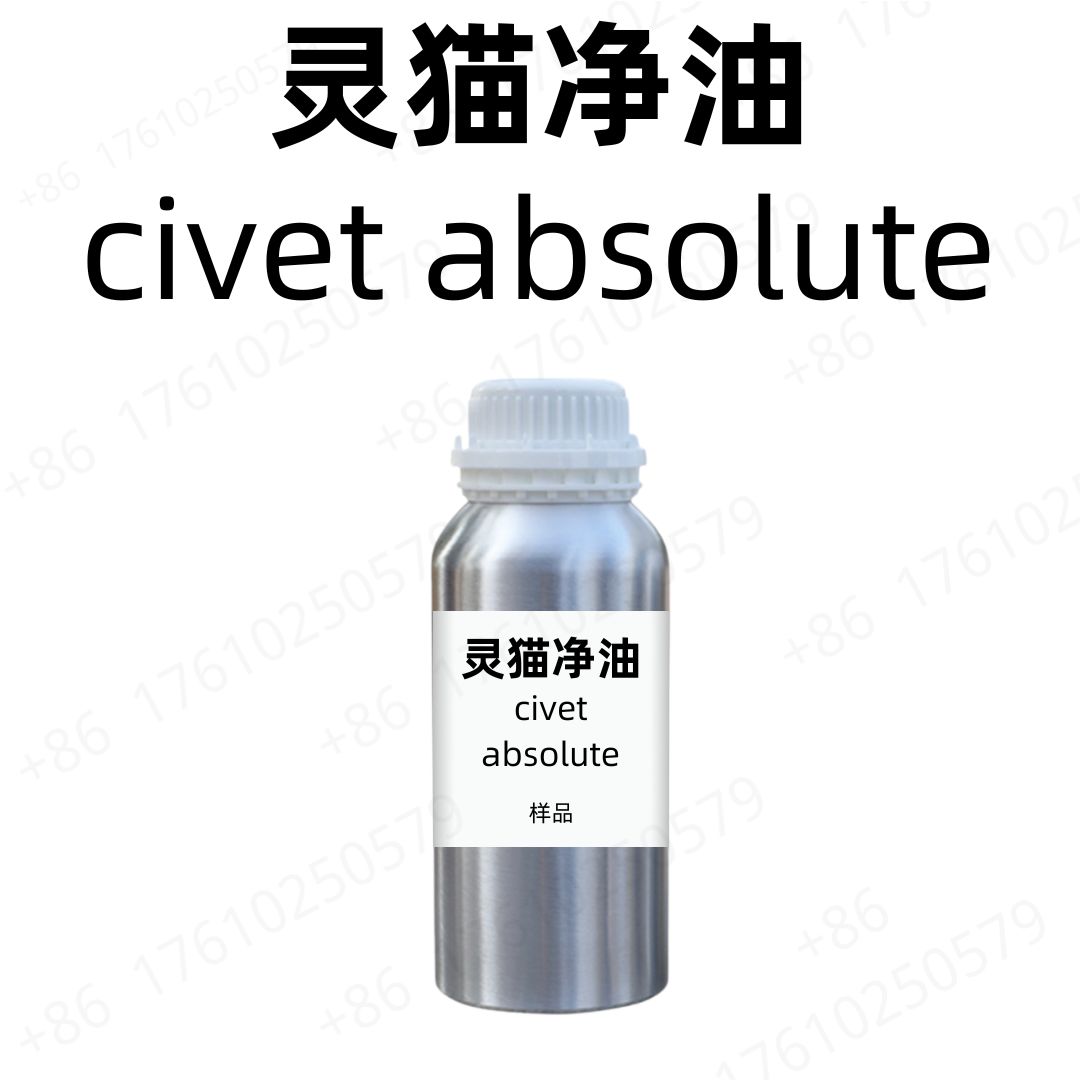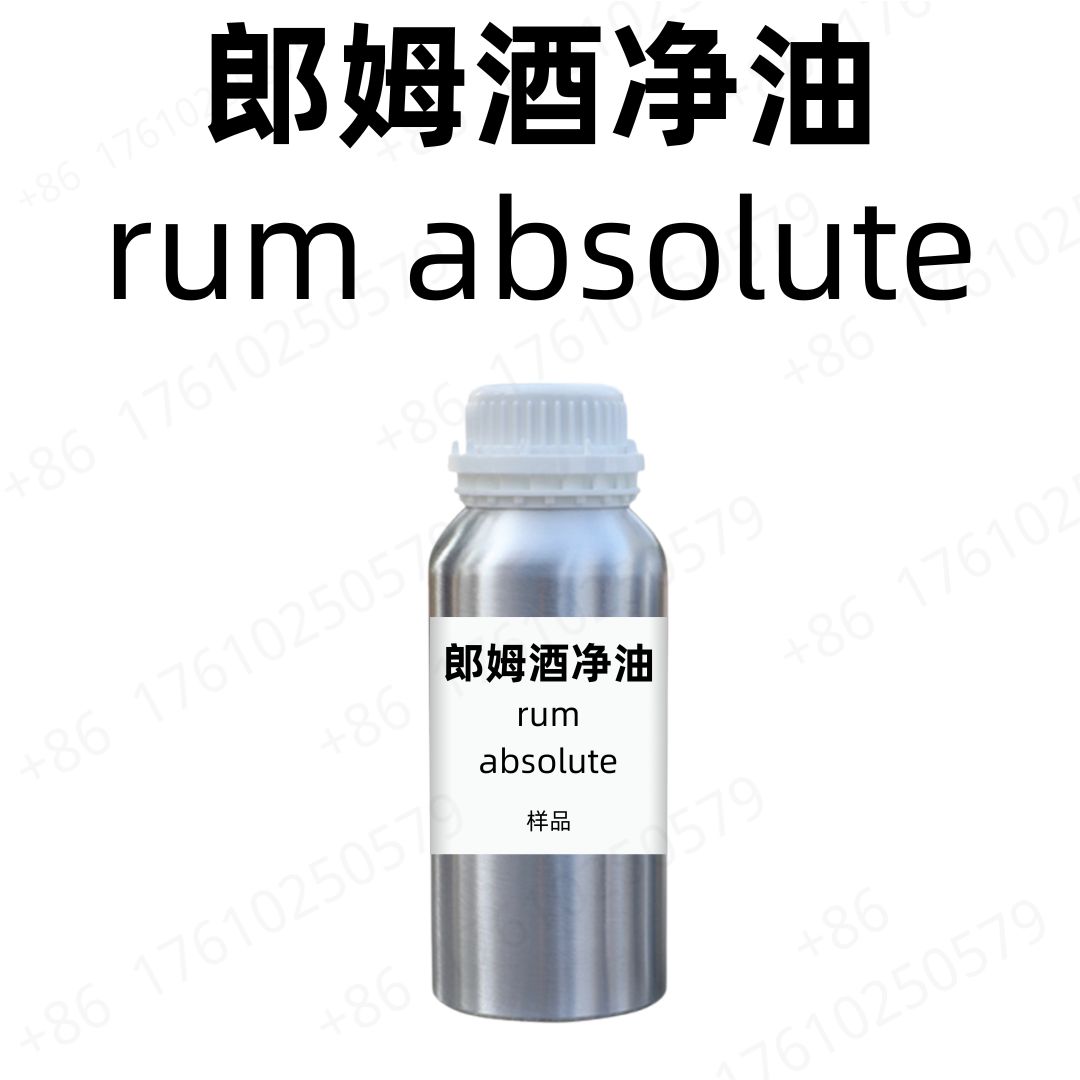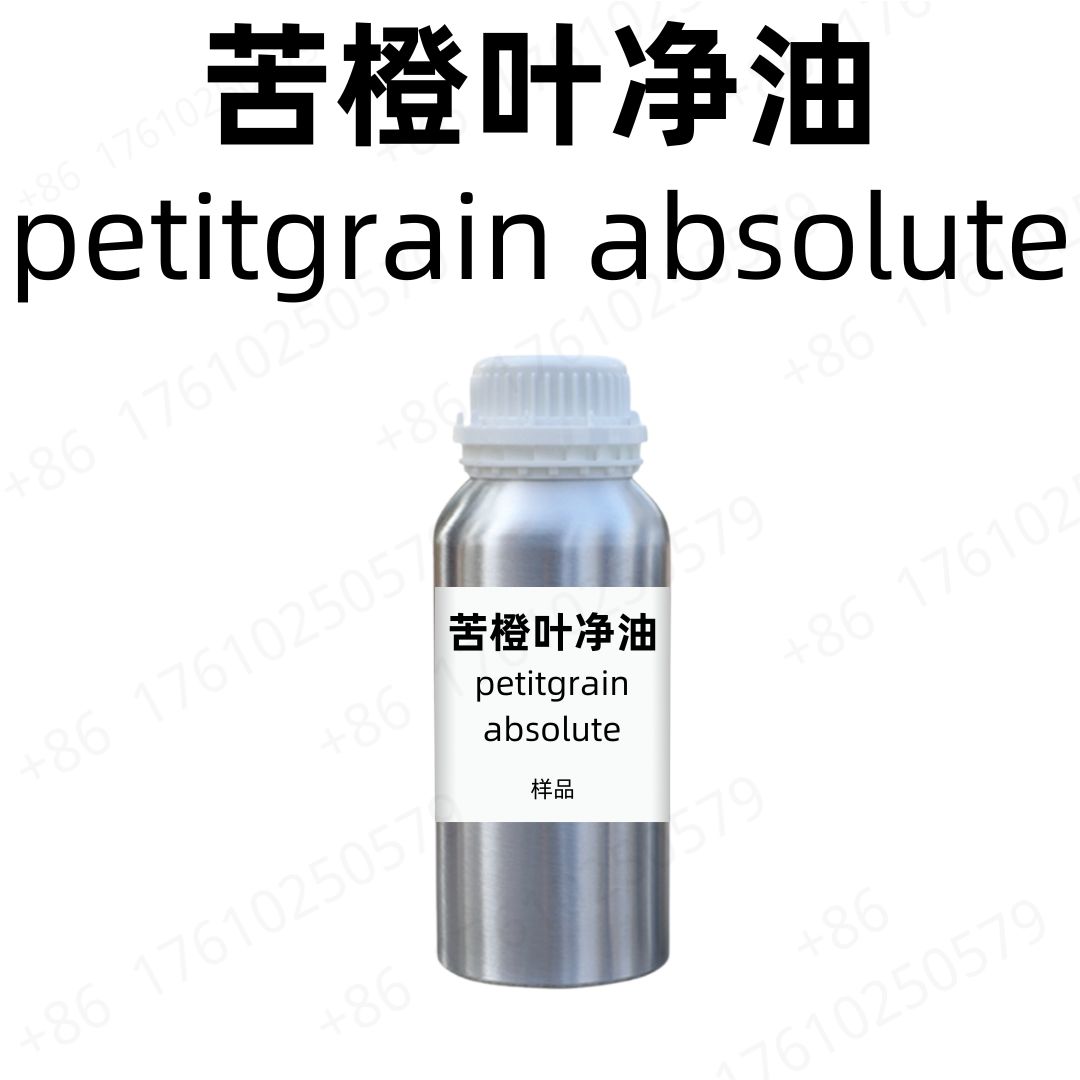Product Introduction
Lavender oil, derived from the flowers of the lavender plant, is one of the most popular essential oils in aromatherapy. Known for its soothing scent and versatile properties, this oil has been used for centuries for various therapeutic and practical purposes.
Production Process
The production of lavender oil involves steam distillation of the fresh flowers. This process captures the essential oils without altering their beneficial compounds, ensuring a high-quality end product.
Effects and Functions
Lavender oil is renowned for its calming effects, making it a staple in stress relief and relaxation practices. It has anti-inflammatory and antioxidant properties, which can contribute to skin health. Additionally, its antimicrobial features make it useful in cleaning and preserving items naturally.
Application Scenarios
Lavender oil can be used in multiple settings, including aromatherapy diffusers, massage oils, and skincare formulations. It is also popular in household cleaning products due to its pleasant scent and antimicrobial effects. Furthermore, lavender oil can be added to culinary dishes for flavor or to enhance relaxation.
Source
The primary source of lavender oil is Lavandula angustifolia, commonly known as true lavender. This plant thrives in regions with a Mediterranean climate, notably in France, Bulgaria, and the United States.
Packaging and Transportation
Storage Conditions: This product should be sealed and protected from light, kept away from high temperatures, and stored in a dry, cool, and well-ventilated place.
Packaging Method: Bulk packaging is typically 25 kg per drum, while sample sizes are available in 5 ml or 100 ml bottles or customized according to customer requirements.
Shipping Method: Transportation options include FedEx, DHL, dedicated logistics, and sea freight consolidation.
Shelf Life: The shelf life of lavender oil is approximately two years when stored under recommended conditions.
Monica Sun’s expertise in the cosmetic ingredients industry spans emulsifiers, active components, and plant-based raw materials development and application. She is dedicated to integrating science and nature, providing high-performance and eco-friendly ingredient solutions for skincare and personal care products.

















